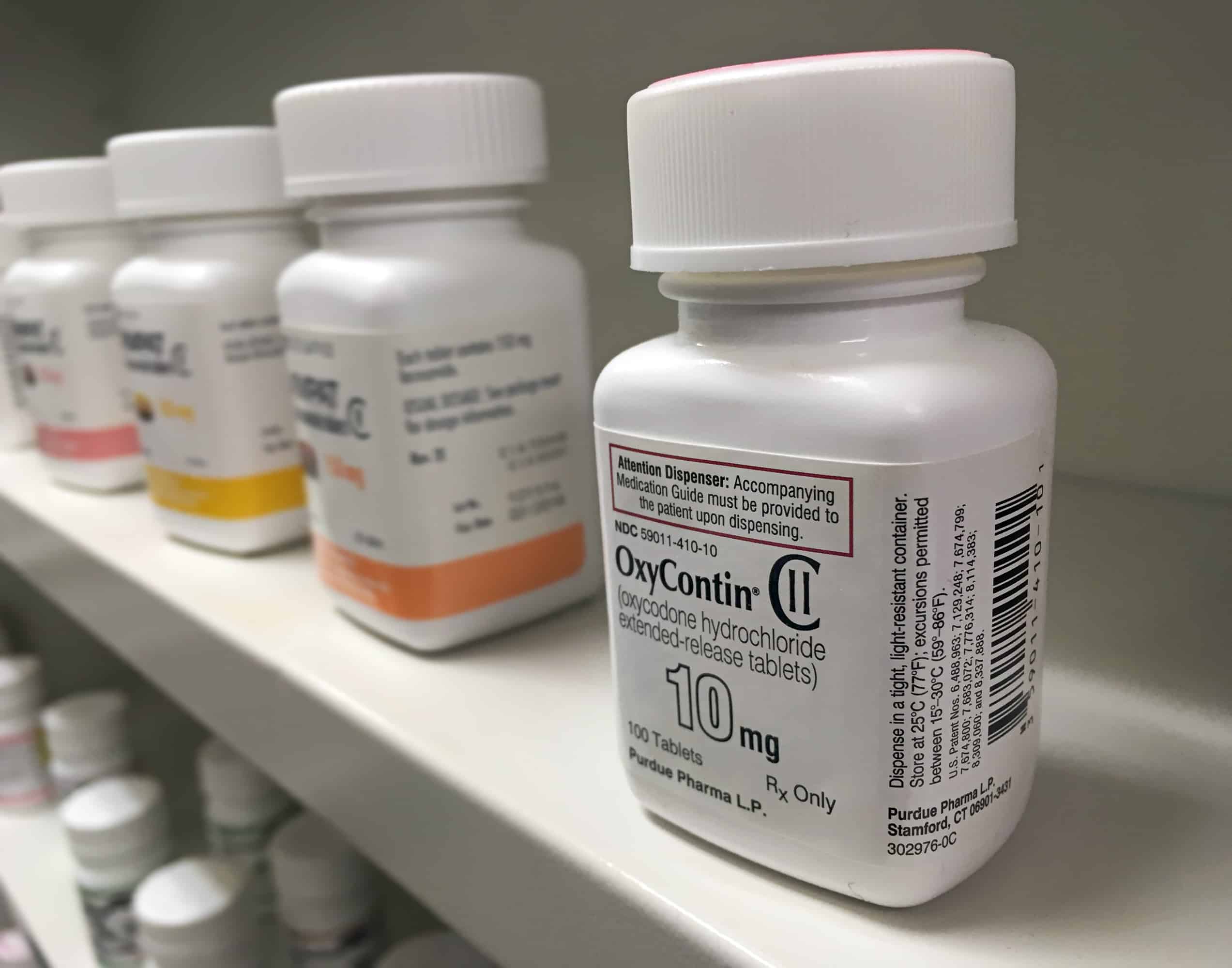The potency of OxyContin is what sets it apart from so many other opioid medications. This extended-release version of oxycodone has a very high potential for abuse, misuse, and addiction and should be taken only as prescribed. Physicians prescribe it for chronic, long-term pain relief, but unfortunately, it can end up in the wrong hands. It contains a much larger amount of oxycodone than other prescription pain relievers. This is why abuse of the drug can be potentially fatal. Although the medication successfully treats cancer and other pain, it’s linked to a number of overdoses and deaths. When a person abuses OxyContin they are no longer taking it exactly as prescribed.
Signs of OxyContin Abuse
Taking OxyContin in larger doses or for longer than required is a sign of abuse. Some people may crush or chew the tablet for a quicker release of the medication which can lead to an overdose. Other methods of abuse include crushing it to disable the time-release mechanism. People taking OxyContin for long-term pain may not necessarily become addicted. However, even relatively short-term use could lead to the development of a tolerance. This is when the prescribed dose is no longer effective at treating pain. Some people increase their dose without talking to a doctor, but it is extremely dangerous and can lead to addiction. The signs of an OxyContin overdose include:
- Slowed breathing
- Extreme weakness
- Dizziness
- Seizures
- Cold and clammy skin
- Small pupils
- Confusion
- Loss of consciousness or coma.
Where to Get Help for OxyContin Abuse and Addiction
Illegal diversion of OxyContin has become a serious national problem as some patients have engaged in doctor-shopping or falsifying prescriptions to obtain the drugs. Currently, pills are of high value on the black market so some people even sell their leftover prescriptions. If you feel your use of OxyContin is out of control, it’s time to seek help from a professional medical detox.
The Waismann Method of rapid detox offers renowned, opiate-free treatment for OxyContin addiction in a safe, confidential hospital setting. Our medical procedure takes less than two hours to cleanse the opiates from patients’ bodies. The highly trained medical director uses a combination of medications to accelerate and induce the withdrawal phase while the patient is sedated. Once awake, patients are opiate-free without awareness of withdrawal symptoms that occurred during the procedure. The entire hospital stay is a few days, ensuring adequate time for pre-examination and post-detox care.
Lastly, staff continues to monitor patients 24/7 at our recovery facility, Domus Retreat. Rather than spending 30 to 90 days in a rehab, patients are opiate-free and ready to return home in 5 to 10 days. To ensure a smooth transition during this critical recovery period, we also offer services such as massage, yoga and individual counseling.
















